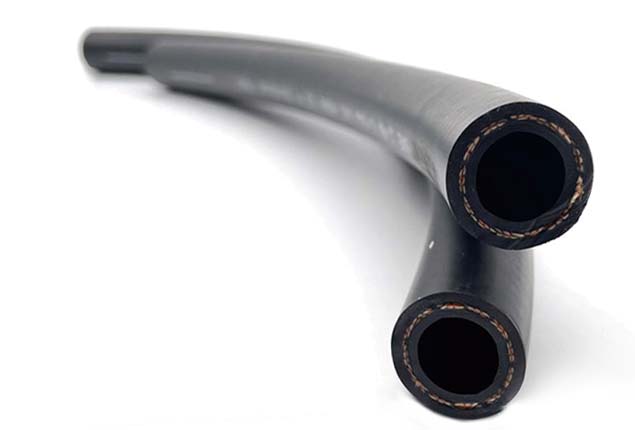brake line fitting
Understanding Brake Line Fittings A Key Component for Vehicle Safety
Brake line fittings are critical components in the braking system of every vehicle, playing a vital role in ensuring safety and reliability. These fittings connect various parts of the brake system, including the master cylinder, brake lines, and the calipers, facilitating the transfer of hydraulic fluid that activates the brakes. Given the importance of brakes in vehicle operation, it is essential to understand the various aspects of brake line fittings.
One of the primary functions of brake line fittings is to create a secure connection between metal or rubber brake lines and other components. These fittings are often made from durable materials such as steel or brass, designed to withstand high pressures and resist corrosion. A secure and leak-free connection is paramount, as any failure in this system can lead to brake malfunction, resulting in potential accidents.
There are several types of brake line fittings, each designed for specific applications and configurations. Common types include flare fittings, compression fittings, and quick-connect fittings. Flare fittings, for instance, involve a conical seat that allows a tight seal when tightened, while compression fittings use a ferrule to compress against the tube to create a leak-proof joint. Understanding the correct type of fitting is crucial, especially during repairs or upgrades.
brake line fitting

Maintenance of brake line fittings is equally important. Regular inspections should be conducted to check for signs of wear, corrosion, or leaks. A small leak can quickly escalate into a severe braking issue, potentially jeopardizing the safety of the vehicle and its occupants. If any deterioration is observed, it is advisable to replace the fittings promptly. Moreover, when performing brake system repairs or upgrades, utilizing high-quality fittings is critical to ensure optimal performance and safety.
When replacing brake lines or fittings, it's essential to consider the specifications outlined by the vehicle manufacturer. Using incorrect fittings can lead to compatibility issues and potentially compromise the integrity of the braking system. Furthermore, proper installation is vital; improper handling can lead to stripped threads or cross-threading, resulting in leaks and system failures.
In conclusion, brake line fittings may seem like simple components, but they are integral to the overall functionality of a vehicle's braking system. Understanding their types, functions, and maintenance can significantly contribute to vehicle safety. As with all automotive components, prioritizing quality and proper installation practices will not only enhance performance but also ensure peace of mind while driving. Always remember, whenever in doubt, consult with a professional mechanic or refer to the manufacturer’s guidelines for the best practices regarding brake system maintenance and repair.
-
Ultimate Spiral Protection for Hoses & CablesNewsJun.26,2025
-
The Ultimate Quick-Connect Solutions for Every NeedNewsJun.26,2025
-
SAE J1401 Brake Hose: Reliable Choice for Safe BrakingNewsJun.26,2025
-
Reliable J2064 A/C Hoses for Real-World Cooling NeedsNewsJun.26,2025
-
Heavy-Duty Sewer Jetting Hoses Built to LastNewsJun.26,2025
-
Fix Power Steering Tube Leaks Fast – Durable & Affordable SolutionNewsJun.26,2025

